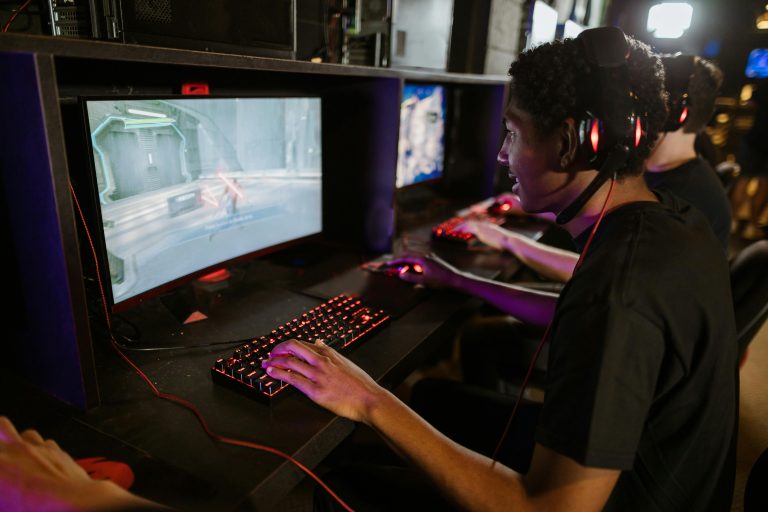
You’ve conquered the standard Wordle, finding the five-letter mystery in four or five guesses with satisfying regularity. But then you discovered the checkbox: Hard Mode. Suddenly, the game feels entirely different. Every guess must use all previously revealed clues, turning your once-fluid strategy into a rigid puzzle that can leave you trapped and frustrated. If you’ve ever stared at a grid with three green letters and a mind utterly blank on what word could possibly fit, you’re not alone. Hard Mode is a true test of lexical agility and strategic foresight. But don’t worry—mastering it is not about having a bigger vocabulary; it’s about having a smarter approach. These expert strategies will transform your Hard Mode game from a struggle into a triumph.
Lay a Rock-Solid Foundation with Your First Guess
In standard Wordle, your opener can be anything. In Hard Mode, your first guess sets the entire trajectory of the game. A poor choice can paint you into a corner by the third guess. The ideal Hard Mode starting word has two key characteristics: it uses common letters, and it has a balanced vowel-consonant structure.
Aim for a word that includes at least two or three of the most frequent letters in the English language. Classics like CRANE, SLATE, or TRACE are excellent because they test common consonants (R, T, N, S, L) and vowels (A, E). This maximizes your chance of getting early hits. Crucially, avoid starting with words that repeat letters or use obscure characters. A starting word like VIVID or FUZZY is a Hard Mode nightmare waiting to happen, as it wastes precious guess slots and reveals very little useful information if it fails.
Embrace the Power of Strategic Vowel Hunting
Vowels are the glue that holds words together, and identifying them early is even more critical in Hard Mode. Your second guess should be heavily informed by the results of your first. If your opener revealed one or two vowels, your next move should be to confirm the remaining common vowels.
For example, if your first guess CRANE reveals that ‘A’ and ‘E’ are not in the word, you know the solution must contain some combination of I, O, and U. Your second guess should then test these. A word like POUTY or LOUSY would be a strategic follow-up, hunting for those missing vowels while also testing new common consonants. Locking down the vowel structure early prevents you from wasting later guesses and gives you a clear framework for the consonants to come.
Beware the Double Letter Trap
Hard Mode’s strict rules make words with repeated letters particularly dangerous. If you suspect a double letter—perhaps you have four greens and a grey, and the missing letter is a common one—you must proceed with extreme caution. Before guessing, run through the alphabet mentally. If the letter you’re considering could form a valid word both as a single instance and as a double, you risk a wasted guess. In these high-pressure situations, use a guess that tests for the double letter by using it in a different position, if possible, or choose a word that includes other potential letters to rule them out simultaneously.
Plan Two Moves Ahead: The Chess Mindset
The single biggest difference between standard and Hard Mode is the necessity for foresight. You cannot simply throw out a random word that uses the green letters; you must think about what your next guess will be based on the feedback from your current one.
Before you submit a guess, ask yourself: “What will I do if this guess comes back all grey? What if I get one yellow? What are my options then?” This forward-thinking is the hallmark of a Hard Mode expert. Your goal with each guess is not just to find correct letters, but to maximize information and keep your options open for subsequent moves. A guess that narrows the field down to one or two possibilities is good. A guess that narrows it down to ten is useless in Hard Mode, as you’ll have no way to distinguish between them.
Leverage Consonant Clusters and Common Endings
Once the vowels are mostly identified, the battle is won with consonants. English has common consonant patterns that you can use to your advantage. If you have a word ending in a green ‘E’, think of common pairs like -ND, -ST, -CK, or -NG. A word like _ING_ is a powerful pattern to test.
Similarly, if you have a revealed structure, use your next guess to test multiple common prefixes or suffixes at once. For instance, if you have a green ‘S’ at the start and a green ‘E’ at the end, trying a word like SPORE tests the common ‘P’ and ‘O’ together while also checking if ‘R’ is present. This methodical testing of letter combinations is far more efficient than testing single consonants in isolation.
Your Escape Hatch: The Strategic Reset
Even experts get stuck. When you find yourself with three green letters and a list of possible words that all contain obscure letters you haven’t eliminated, it might be time for a strategic reset. This means using your next guess not to solve the puzzle, but to test as many of the remaining possible letters as you can in one go. It feels like a wasted guess, but if it eliminates five or six potential options, it’s actually a genius move that saves you from almost certain failure. It’s the Hard Mode equivalent of punching out of a tailspin to regain control.
Mastering Wordle’s Hard Mode is a deeply satisfying pursuit. It shifts the game from a test of vocabulary recall to a rigorous exercise in logic, pattern recognition, and strategic planning. By laying a smart foundation with your first guess, hunting vowels methodically, thinking like a chess player, and leveraging common word structures, you will not only conquer Hard Mode but will likely find it more rewarding than the standard game. Remember, the goal is to win in six guesses, not three. Embrace the constraints, think ahead, and watch your success rate soar.






